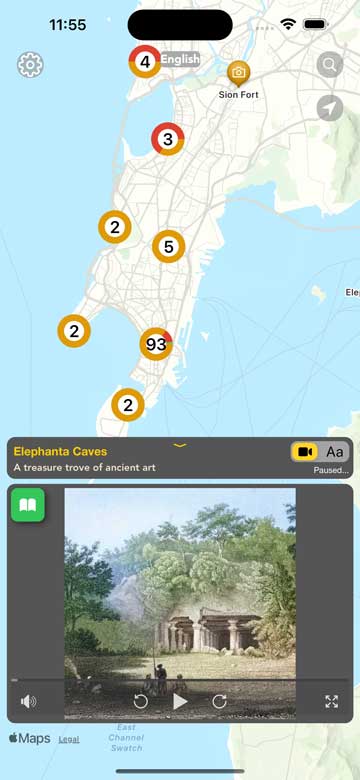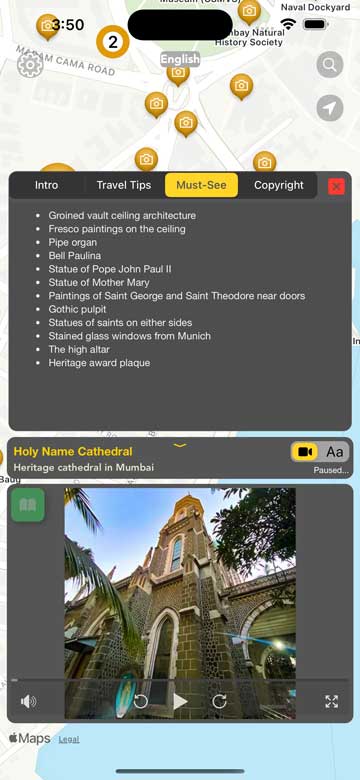SPOTSTREAM - Multi-Lingual Digital Tour Guide App!
Spotstream, available as an iOS App, transforms your travels into immersive learning journeys. Unlike the typical traveler’s approach of scouring endless web pages or skimming through Wikipedia, Spotstream takes you deeper – uncovering the rich, layered history behind each site with meticulously researched content. Our multilingual audio narratives are crafted from over 200 years of literary sources, rare archaeological findings, and ancient texts, making Spotstream a must-have for history enthusiasts.
And it’s not just about iconic landmarks. Spotstream also guides you through the heritage food spots that defined a city’s culinary culture and the historic shopping districts that once buzzed with trade. With compelling visuals and expertly curated storytelling, Spotstream connects you to the true soul of a city – its past, its people, and its enduring legacy. Travel. Learn. Grow. Because history is more than dates; it’s the essence of a place, and Spotstream brings it all to life.
 Follow Spotstream History Videos – 15K+ Followers
Follow Spotstream History Videos – 15K+ Followers

Explore Landmarks Effortlessly: Navigate through Mumbai’s historic spots using our interactive map. Just click on a site to access stunning visuals and captivating stories that bring each location to life.

Essential Info & Must-See List: Planning to visit a religious shrine or historic landmark? Get quick access to key customs, dress codes, and other guidelines. Plus, our curated “Must-See List” highlights the top features at each site, ensuring you don’t miss a single detail.

Instant Search: Looking for a specific spot? Our quick search feature lets you find any landmark instantly, saving you time and ensuring you don’t miss out on what matters most.
Buy Infopacks: The Spotstream App is completely free, guiding you through Mumbai’s historic landmarks with a live map. For a richer experience, unlock the "Mumbai Landmarks" Infopack – 25 hours of expertly curated content in both English and French, covering 120+ iconic sites. More infopacks are on the way – stay connected!.

